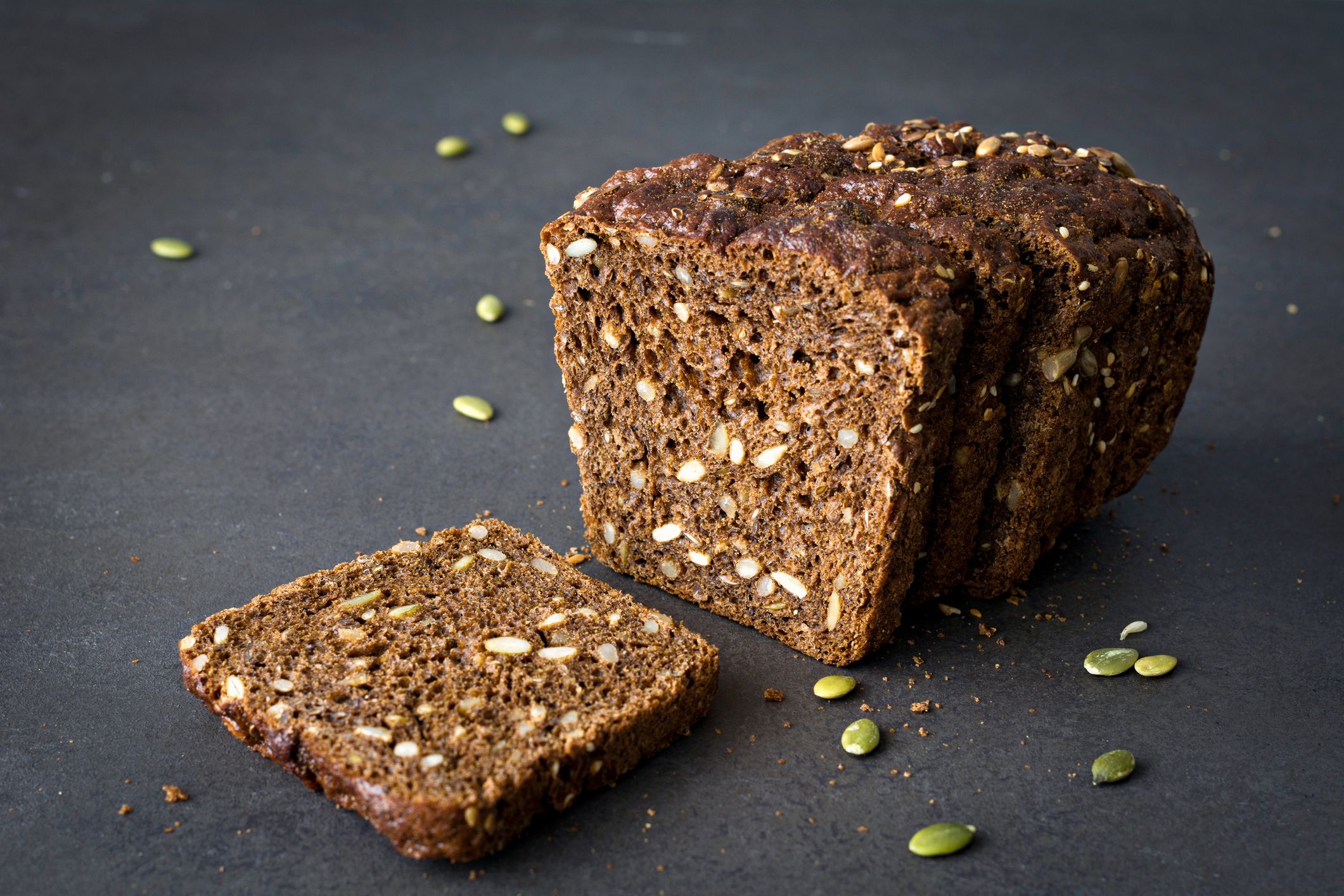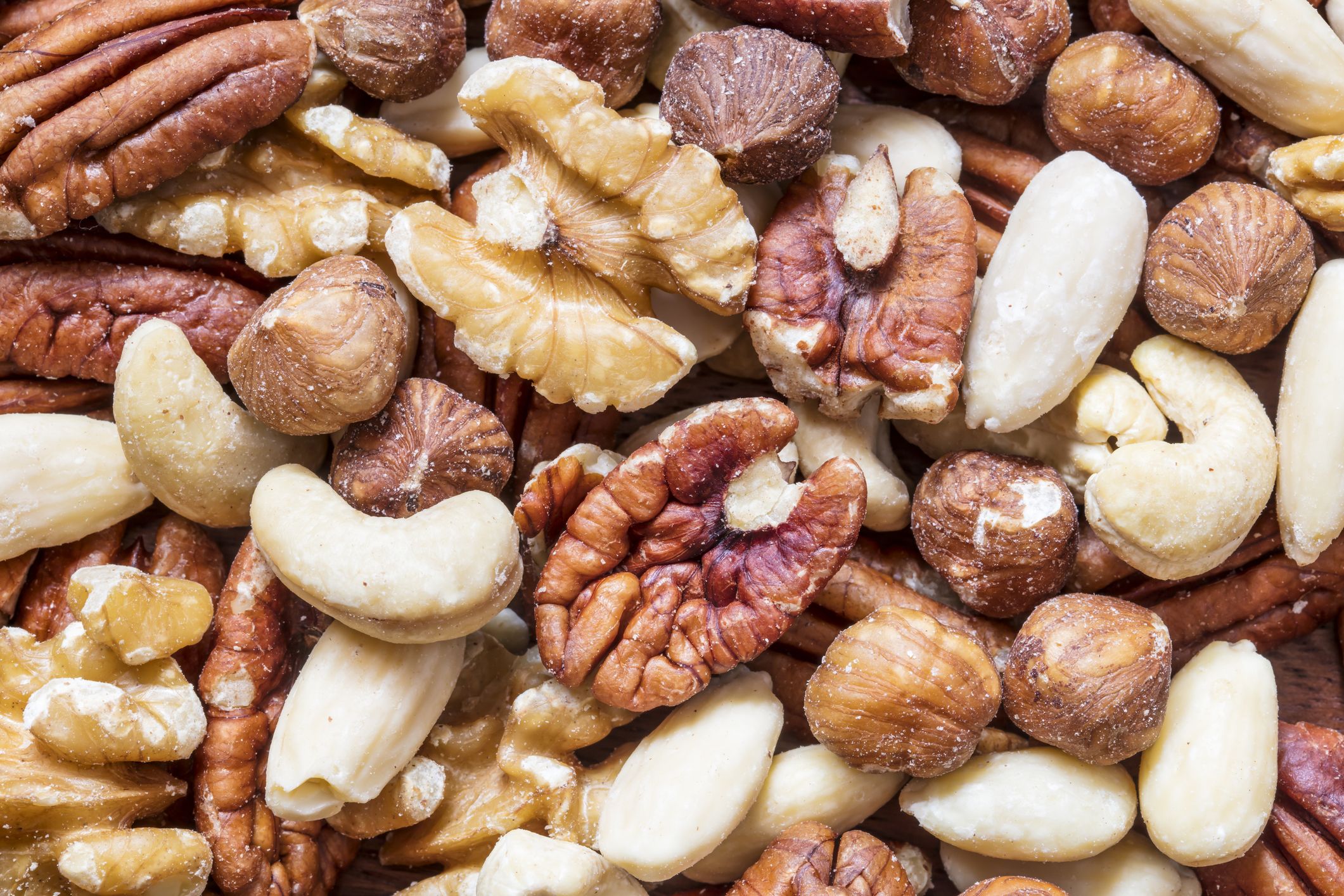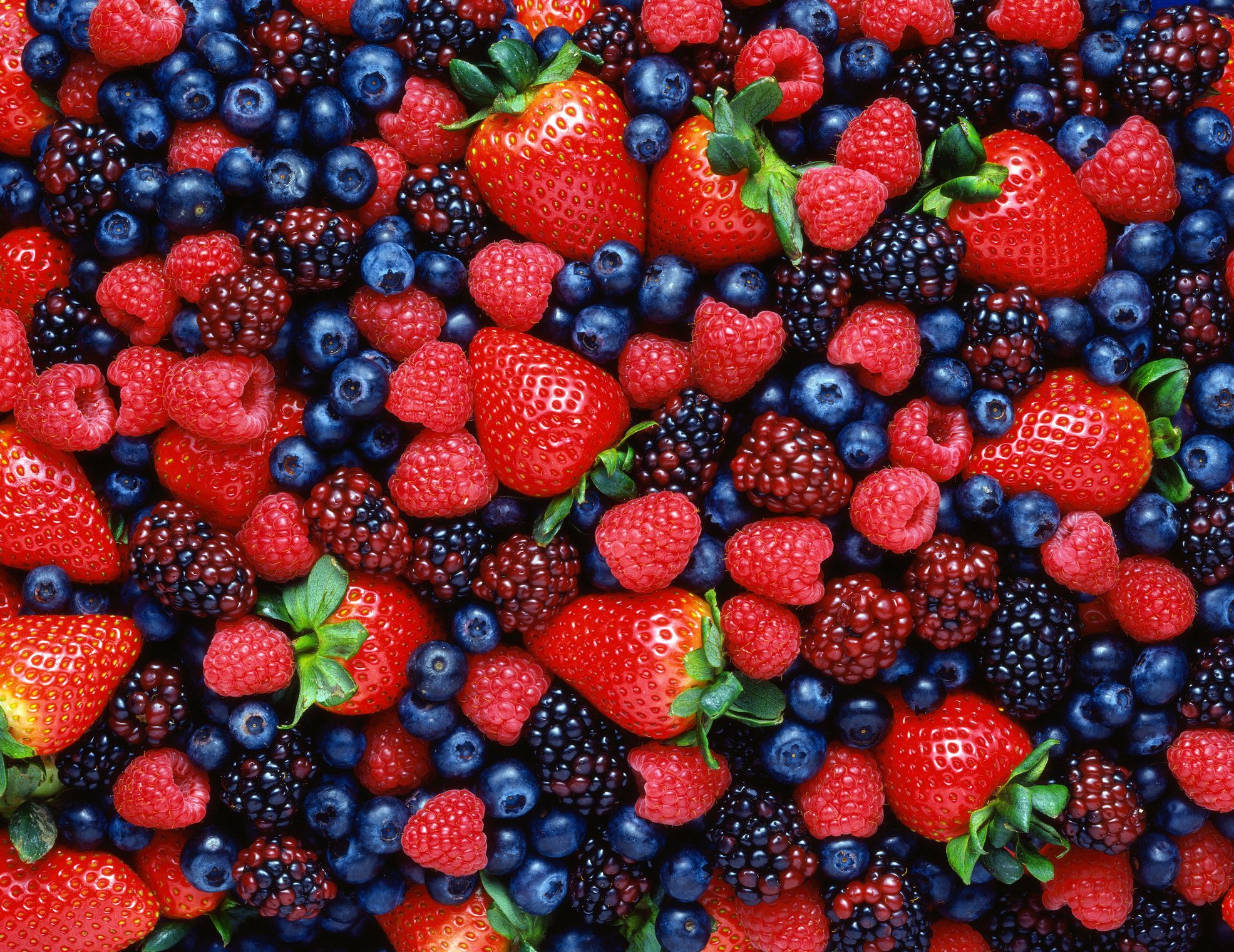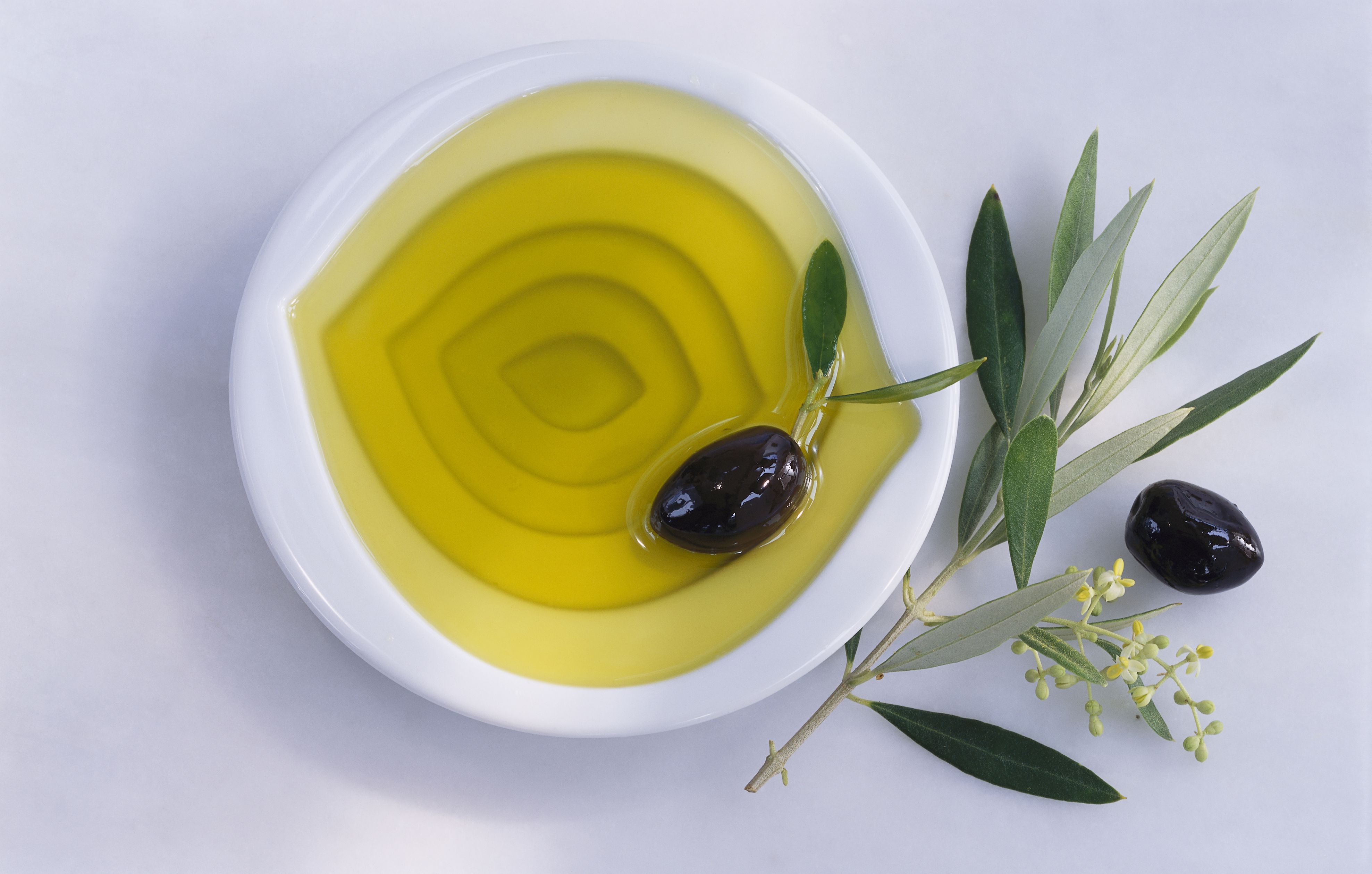Lose 3kgs, and you celebrate. How does losing 7 1 ⁄2 years from your cognitive age sound? The MIND diet appears to deliver, according to a study published in Alzheimer’s & Dementia. This finding is on top of an earlier study by the same researchers, which found that the MIND diet may reduce the risk of getting Alzheimer's disease (AD), period.
Based on years of research on foods known to benefit (and harm) thinking and memory, the MIND diet combines the best of the Mediterranean and DASH diets, locking in the parts of each associated with dementia protection. Although the MIND diet couldn’t have a better name, it’s short for the Mediterranean-DASH Intervention for Neurodegenerative Delay.
The team followed over 900 men and women ages 58 to 98 for an average of 4 1⁄2 years, assessing their diets with detailed food questionnaires and testing their cognitive function annually. They scored participants’ diets by how closely they matched recommendations for the Mediterranean, DASH, or MIND eating patterns.
The DASH diet reduced AD risk by 39 percent, the MIND diet by 53 percent, and the Mediterranean diet by 54 percent. But hold on-when participants followed the diets moderately well, rather than to the letter, only the MIND diet returned significant results. It reduced AD risk by 53 percent in those who followed it to the letter, and by 35 percent in those who followed it reasonably well.
What this means is that strict adherence to the DASH and Mediterranean diets may reduce AD risk-but so might moderate adherence to the MIND diet. Good to know when you splurge on the occasional chocolate-chip cookie.
What makes the MIND diet a standout? For one thing, it’s low in those unhealthy trans and saturated fats. For another, it’s loaded with specific nutrients and phytonutrients shown to slow cognitive decline, lower risk of AD, and reduce oxidative stress and inflammation. It’s worth noting that in the study, those with the highest MIND diet scores ate cheese and fried or fast food less than once a week, red meat less than four times a week, and desserts, pastries, or sweets less than five times a week. They also used less than a tablespoon of butter or margarine a day, and used olive oil as their main source of fat. Translation: It’s not enough to eat the brain-friendly groups. To help reduce AD risk, it’s necessary to limit these less-healthy groups as well.
Pair these “all-stars” with one veggie serving of your choice every day, and you’re on your way to Brainytown.
Whole Grains

Daily servings to aim for: at least 3
One serving equals: 1 ⁄2 cup cooked whole grain, 100% whole grain pasta, or 100% whole grain hot cereal; 1 slice 100% whole grain bread; 1 cup 100% whole grain ready-to-eat cereal
Green Leafy Vegetables

Weekly servings to aim for: 6
One serving equals: 1 cup cooked, 2 cups raw
Nuts

Weekly servings to aim for: 5
One serving equals: a small handful (45g) of nuts or 2 tablespoons of nut butter
Berries

Weekly servings to aim for: 2
One serving equals: 1 ⁄2 cup (no added sugar)
Beans

Weekly servings to aim for: at least 3
One serving equals: 1 ⁄2 cup cooked
Olive Oil

Use as a primary source of fat, in place of butter or other fats
The MIND diet doesn’t set a daily quota for olive oil; just use it in place of other oils and butter, and splurge on the extra-virgin variety
Poultry

Weekly servings to aim for: 2 or more
One serving equals: 90g
Fish

Weekly servings to aim for: 1
One serving equals: 90-120g
Optional: Alcohol/Wine

Daily servings to aim for (if you already imbibe): up to one drink a day for women, two for men (no more!)
One serving equals: One drink is a 375mL beer, a 150mL glass of wine, or one shot (45mL) of 80-proof spirits.
Excerpted from Ageless Brain: Thing Faster, Remember More, and Stay Sharper by Lowering Your Brain Age, by the Editors of Prevention and Julia Valentine






.png&h=193&w=250&c=1&s=1)
.png&h=193&w=250&c=1&s=1)

